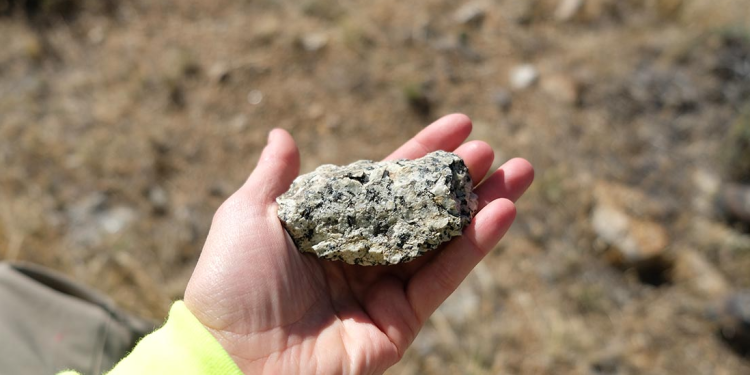American Rare Earths (ASX: ARR | OTCQX: AMRRY) has released results from a metallurgical testing programme from its flagship Halleck Creek project in Wyoming, performed under the direction of Wood PLC.
Highlights from the results show that recoveries of neodymium and praseodymium oxide (NdPrO) increased 28.5% from prior designs. The preliminary test work indicates the ore can be effectively processed using conventional technologies that not only require less initial capital expenditure but also provides lower ongoing operating costs. Additionally, block flow diagrams are now complete and will be utilized in a subsequent phase of metallurgical test work to finalize a flowsheet to be used in a forthcoming preliminary economic analysis.
ARR continues to advance the Halleck Creek project as potentially the largest strategic rare earth project in the United States, with a previously announced 1.43Bt JORC resource2. The company explains that the mineralization in the deposit is allanite and testing shows that rare earth elements can be leached from allanite utilising atmospheric acid tank leaching, whereas rare earth elements cannot be leached from monazite or bastnaesite deposits utilising the same leaching process. In the most recent tests, sulphation baking kilns were removed from updated flowsheet design in favour of acid tank leaching.
Acid tank leaching requires much lower operating temperatures and provides lower capital and operating costs than thermal cracking operations. Furthermore, the main reagents utilised are in plentiful supply in the Western US and the project is proximate to interstate highway and railroad transportation.
“We are encouraged by the results of our most recent metallurgical tests provided by Wood PLC because they indicate that the properties of the Halleck Creek deposit may allow us to extract greater recoveries of magnet metals using simpler, lower-cost technology.” said Donald Swartz, chief executive officer of American Rare Earths.
To read more about this please visit www.americanrareearths.com.au
To read more news like this, please visit www.theassay.com/news












